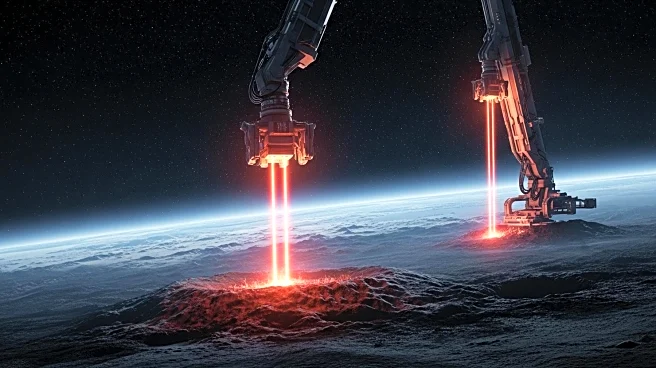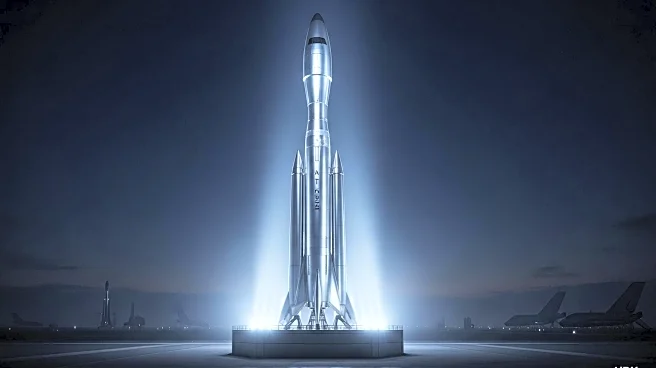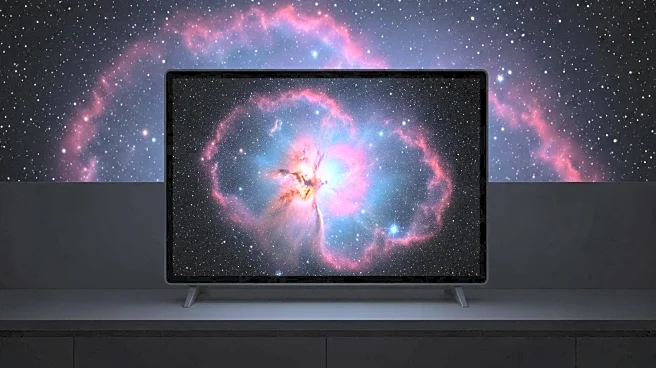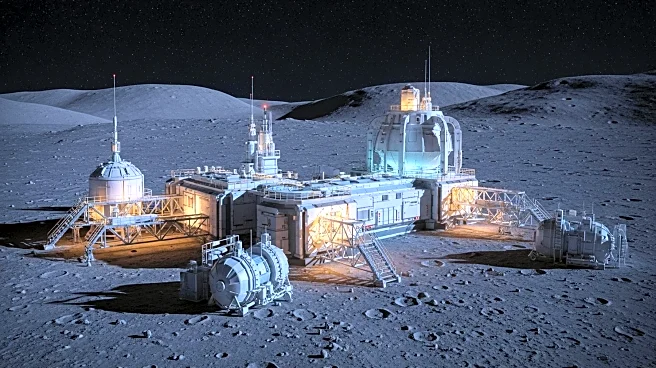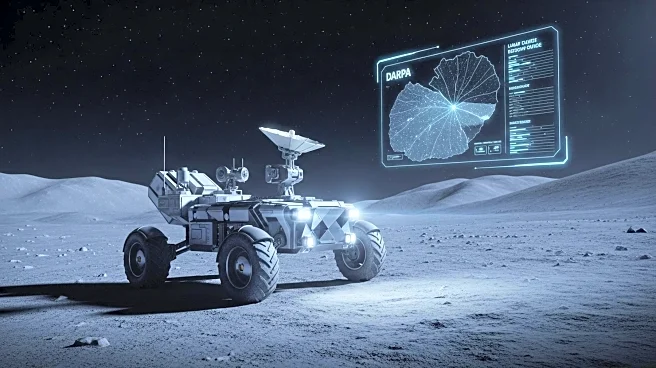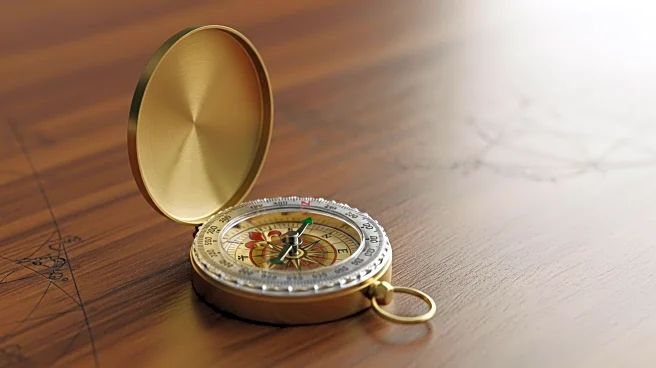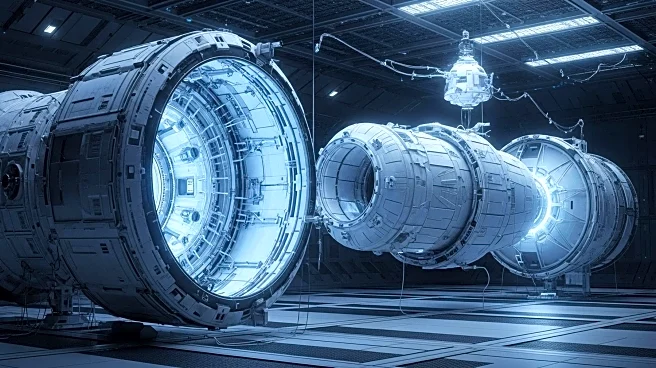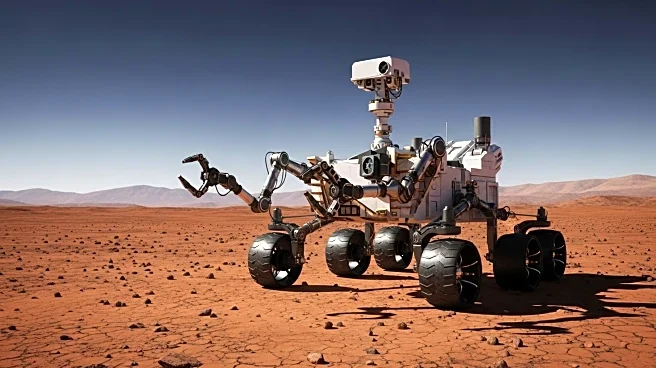What is the story about?
What's Happening?
Researchers have conducted a study on optical mining techniques aimed at extracting water and volatiles from carbonaceous asteroids. The study, published in Acta Astronautica, focuses on simulants named Nectar A and Nectar B, which differ in mineral content. The research explores how focused solar energy can induce thermal spalling, a process where brittle materials fracture due to high thermal gradients, facilitating resource extraction. The study utilized a dedicated optical mining testbed within a vacuum chamber simulating space conditions, employing a high-powered laser system to irradiate simulant samples. The team measured excavation rates, water vapor production, and mineral morphology changes, finding that precise control over beam irradiance is crucial for optimizing excavation rates.
Why It's Important?
The study's findings have significant implications for future space exploration and industry, as asteroids are rich in hydrated minerals that can release water when heated. Efficient extraction of these resources is crucial for supporting long-duration human missions and future space economies. The research highlights the importance of beam control strategies and mineral composition in optimizing resource extraction efficiency. By demonstrating the critical influence of beam irradiance control and mineral morphology, the study advances the understanding of optical mining for asteroid resource extraction, potentially paving the way for scalable asteroid mining operations.
What's Next?
Future in-space mining systems may benefit from advanced optical control, adaptive beam shaping, and thorough mineralogical assessments. The study suggests that maintaining optimal irradiance levels is key to maximizing resource extraction efficiency, preventing the transition to ductile deformation modes that diminish fracture and water release. These findings could inform the development of more efficient and scalable asteroid mining technologies, contributing to the growth of space economies.
Beyond the Headlines
The research explores the brittle-to-ductile transition phenomenon, where materials shift from brittle fracture to plastic deformation. Excessive heating or high irradiance can push minerals beyond the brittle regime, decreasing fragmentation and water release, potentially damaging equipment or reducing resource yield. Understanding this transition is crucial for optimizing mining efficiency and ensuring the sustainability of space resource extraction.
AI Generated Content
Do you find this article useful?
